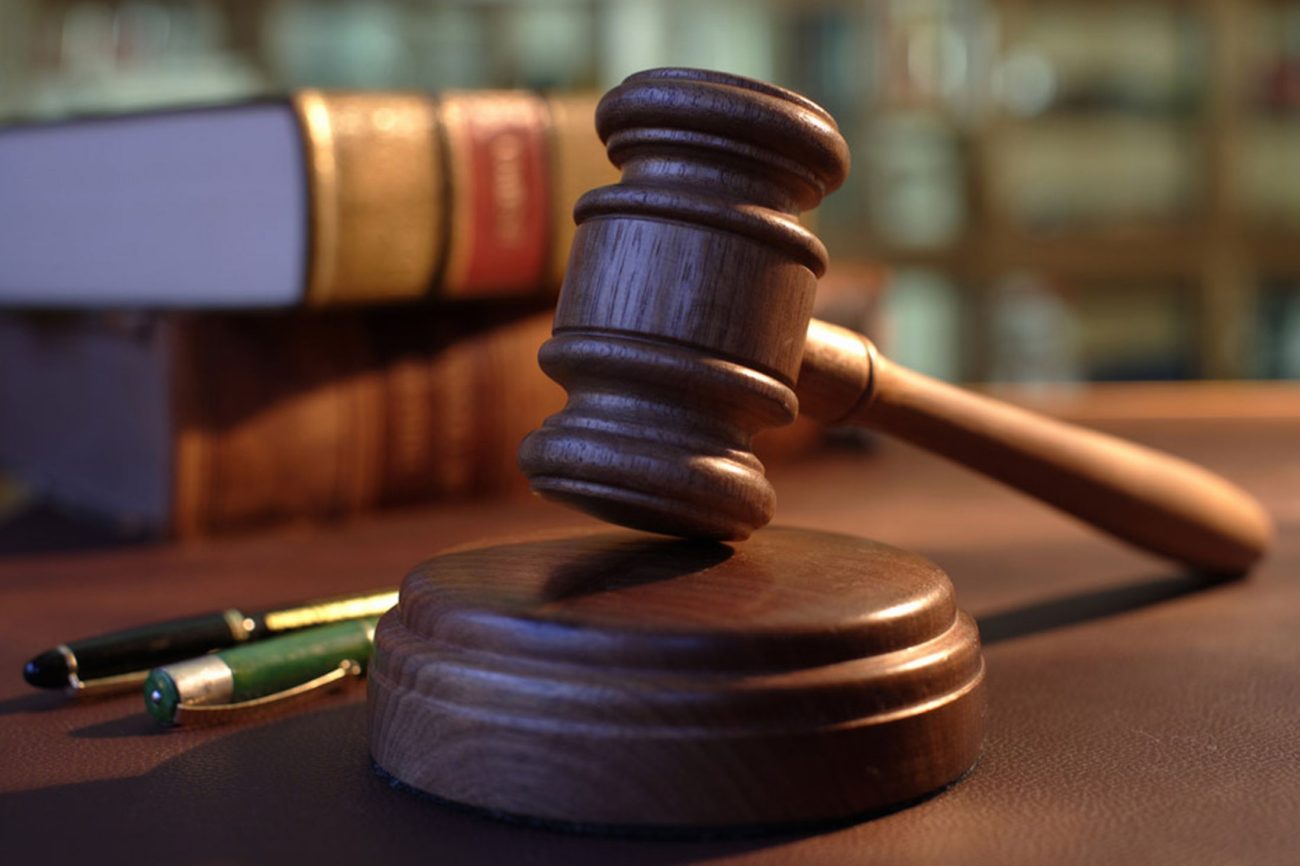Most Recent News


Popular News




There was a time when judges were apolitical, but now it seems that Judicial Activism has taken over the judicial branch. What happened?
The three-prong system of governance was put into place as a form of “checks and balances” so one branch could not overcome another, primarily to ensure that a dictatorship or power-hungry branch could not take completely take over the American system. It entailed the legislative, executive, and judicial branch.
But what has happened to the judicial branch?
If you’ve been paying attention to any news lately, you probably have heard that President Trump’s executive order restricting immigration was blocked… Twice.
Since when does the judicial branch have the authority to destroy executive powers that are granted by the constitution?
The literal letter of the law (8 U.S.C. § 1182 (f)) says:
(f) Suspension of Entry or Imposition of Restrictions by President
Whenever the President finds that the entry of any aliens or of any class of aliens into the United States would be detrimental to the interests of the United States, he may by proclamation, and for such period as he shall deem necessary, suspend the entry of all aliens or any class of aliens as immigrants or nonimmigrants, or impose on the entry of aliens any restrictions he may deem to be appropriate.
Is this not crystal clear?
Then what about this?
It is not within the province of any court, unless expressly authorized by [congressional] law, to review the determination of the political branch of Government to exclude a given alien.
The fact that Trumps order could be legally challenged, in face of all of this, is troubling. A judge has more power than the president over executive orders (so long as they don’t agree with them). Can anyone imagine the kind of backlash if this would have happened under Obama?
The role of the Judge is to interpret and apply the rule of law, not to write it.
Great judges don’t revolutionize the process of remaking laws in their own political or virtue signalling image. Nor do great judges spend their careers seeking a social or political agenda through legal loopholes.
They interpret laws that are already written.
But it seems modern judges have been abandoning the latter in favor of the former.
Power corrupts, and judges aren’t invincible.
Gerrymandering, applying new court sentences to old offenders, forced healthcare, and a plethora of other judicial issues have a clear tie to judicial activism.
You don’t have to look very far to see it in action. We can practically predict what The Supreme Court would vote for, given it is a politically motivated issue.
As Stanford said, prior to Scalia’s death:
We will most likely see all the liberal justices (Breyer, Kagan, Sotomayor, and Ginsburg) vote as a bloc and the staunch conservatives (Scalia, Thomas, Roberts, and Alito) do the same.
They went on to say that it is “strange” that the court is like this, as it has never been that way in its entire history.
Instead, judges used to rule based on the actual law.
Crazy right?
Another topic Stanford brings up is:
In the period between 1801 and 1940, less than 2% of all the Supreme Court’s decisions were decided by a 5–4 vote. By contrast, the Rehnquist and Roberts Courts have seen just over 20% of their cases be decided by this small margin. This shift provides a clear indication that polarization has indeed spread to the judiciary.
Virtually every vote is split along party or ideological lines, instead of Constitutional ones. The Judiciary has become just another political branch, elected by the legislature and executive.
 This is a serious threat to a free exchange, because judges aren’t elected. They are appointed by people who may only have a very small margin of support.
This is a serious threat to a free exchange, because judges aren’t elected. They are appointed by people who may only have a very small margin of support.
Where is their oversight? We can’t vote them out. They have limitless power to influence laws to favor their political bias.
Since Congress is so polarized based on party lines, now we are seeing judges spring up to actually bring change. However, that change has no representation in the population. Nor should it, because these judges should only be allowed to work based on Constitutional law.
But that is easier said than done. Because who will interpret the interpreters? The Supreme Court.
The same Supreme Court we mentioned above, which is becoming just as politically driven.
Prior to the 2016 election, Bernie Sanders and Hillary Clinton both said they would appoint judges to overturn the Citizens United ruling.
This act would be an incredibly slippery slope. We can’t have judges being hired solely to negate previously determined decisions. Otherwise, what kind of authority does the Constitution have? When it can just be tossed around based on how many leftist judges are sitting at the bench?
The fact that this is even a topic worthy of discussion is terrifying. Judicial activism has taken over the last apolitical branch of the government. The judicial branch was supposed to be the balancing stone, the middle ground seeking remedies between the legislature and executive powers.
But now, it’s just another political pawn in the systemic game of ‘democracy’.
Comments are closed.
(Learn More About The Dominion Newsletter Here)
liberals gunna lib
+1
+2 and such